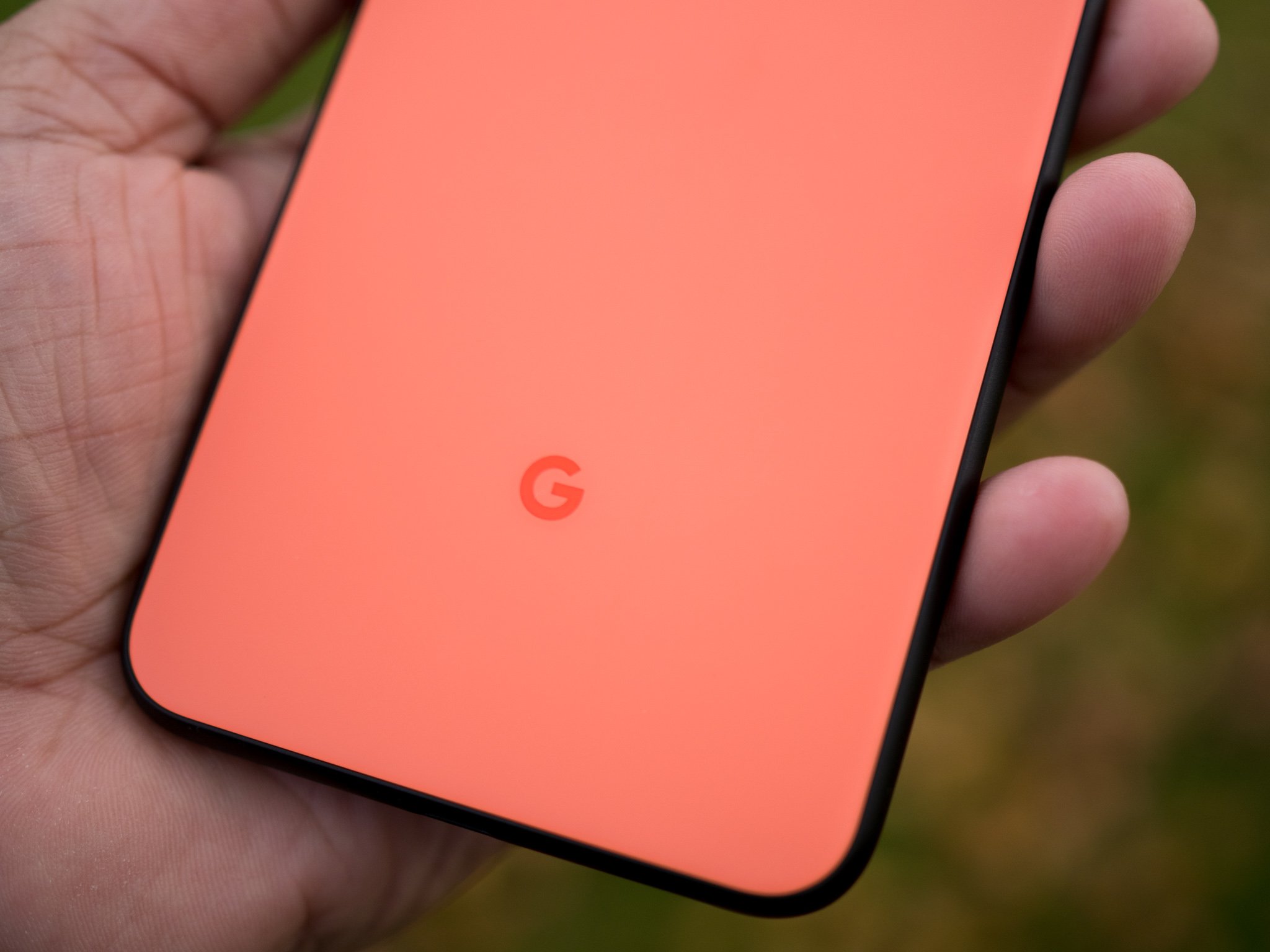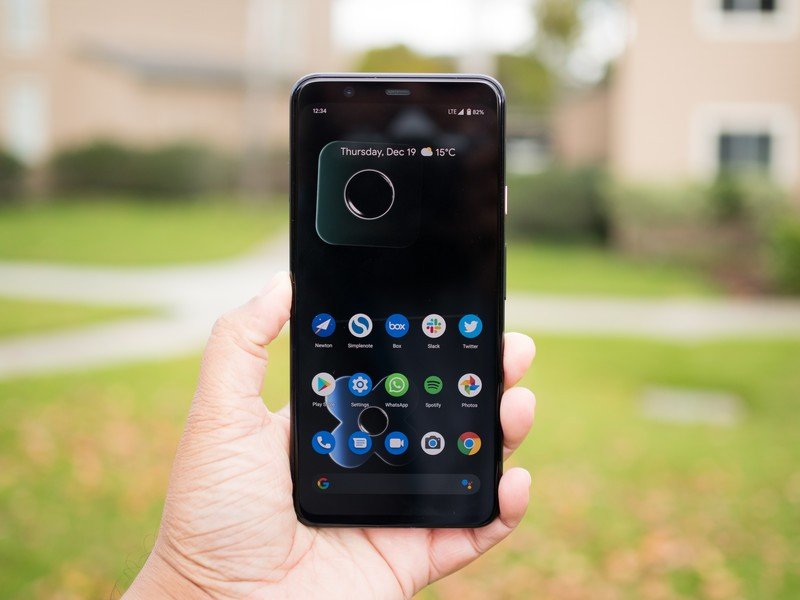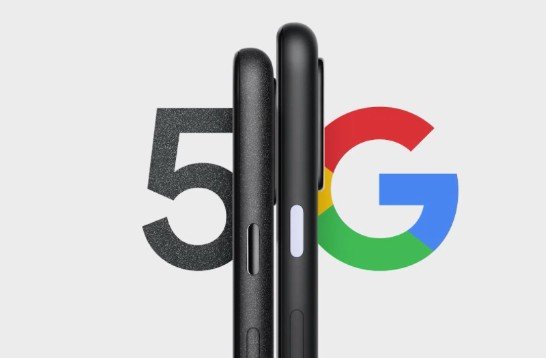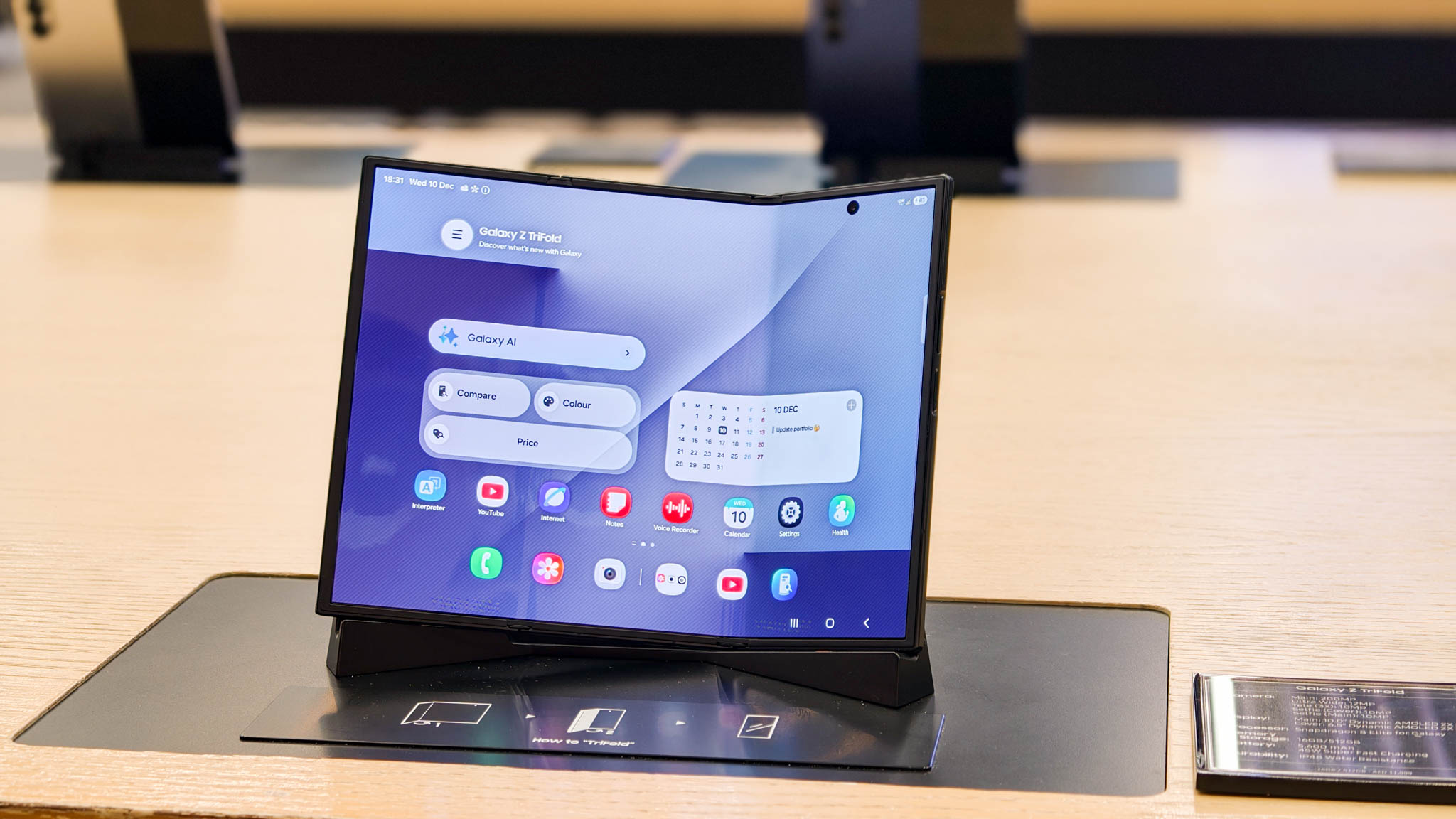Pixel 5 availability shows Google still can't get its act together

Google unveiled the Pixel 4a earlier this week, and because the phone was delayed by several months due to the pandemic, Google has teased upcoming availability of the Pixel 4a 5G and the Pixel 5. The phones will be available later this year, but there's a problem: Google is limiting availability to just nine markets, which means a majority of customers around the world won't be able to get their hands on Google's 2020 flagship.
The Pixel 4a 5G and Pixel 5 will be sold in Australia, Canada, France, Germany, Ireland, Japan, Taiwan, United Kingdom, and United States. Google doesn't have a great track record when it comes to launching its devices globally, with the Pixel 4a itself limited to just 13 markets. Google isn't launching the Pixel 4a 5G and Pixel 5 in India, Spain, Italy and Singapore, and the official blog post says it's because of "local market trends:"
Regarding the two new 5G Pixel phones that were announced globally today, these will not be available in India or Singapore, based on a variety of factors including local market trends and product features. We remain deeply committed to our current Pixel phones and look forward to bringing future Pixel devices to these countries.
With most flagships and mid-range phones available across the globe, it's frustrating to see Google still limiting its Pixel phones to select markets. The Pixel 2 series series was limited to just nine markets as well — Australia, Canada, Germany, India, Italy, Singapore, Spain, UK, and the U.S. — and the Pixel 3 series debuted in those same markets with the addition of France, Ireland, Japan, and Taiwan.

Last year's Pixel 4 launch was derailed because of regulatory issues with the Soli radar module, with Google having to essentially block access to Motion Sense in several markets. Because of Soli, Google could not sell the Pixel 4 in a few markets like India, and at the time, the company said that it was committed to bringing future Pixel phones to the country:
Google has a wide range of products that we make available in different regions around the world. We determine availability based on a variety of factors, including local trends, and product features. We decided not to make Pixel 4 available in India. We remain committed to our current Pixel phones and look forward to bringing future Pixel devices to India.
Looking at the two statements, the only thing that has changed is that Google is now deeply committed to its Pixel phones, whereas last year it was just committed. That still doesn't change the fact that Google is not going to launch its flagship in India — the world's second-largest handset market — for the second year in a row. It's understandable that Google could not launch the Pixel 4 in India last year because of regulatory hurdles; but for the brand to willfully ignore the country this time around is inexcusable.

Google isn't doing itself any favors by limiting access to Pixel hardware to select global markets. Every major flagship is available globally — Samsung sells the Galaxy S20 series in 130 countries around the world — and by not making the Pixel 5 available to a wider audience, Google is already admitting defeat before the phone is even official.
If OnePlus can launch the Nord in 31 countries, why can't Google?
If Google really wants to give its flagships a fighting chance, it should launch them globally and let customers decide with their wallets. By being conservative with availability, Google is just not endearing anyone to its Pixel phones. If anything, it is eroding trust in the brand.
Get the latest news from Android Central, your trusted companion in the world of Android
Google says 5G connectivity was one of the considerations for limiting the Pixel 4a 5G and Pixel 5 to nine countries, but that's a weak argument. Both devices are expected to be powered by the Snapdragon 765 chipset, which has a 5G modem baked into the SoC along with a 4G modem. The OnePlus Nord features the same chipset and is now available in 31 countries, and there's no reason why Google had to limit its phones.
If Google's hardware journey over the last four years has shown us anything, it is that there's no coherent strategy at play here. It may have been prudent to limit the Pixel 2 series to select markets as Google was still finding its feet, but we're now into the fifth generation of Pixel phones. The fact that a wide swathe of customers around the world won't be able to get their hands on the latest Pixel flagship suggests Google just doesn't care about its phones selling in any meaningful numbers.
Google's software scale is unprecedented — that much is clear to anyone that has used the camera on a Pixel phone — but when it comes to hardware, the company is still stumbling along aimlessly. Google needs to prove that it is serious about hardware, and the first step in doing so would be to launch its devices globally.

Flagship camera, mid-range pricing
The Pixel 4a continues the legacy of its predecessor by offering a flagship-tier camera for just $350. The single 12.2MP camera is near-identical to that of the Pixel 4, putting the Pixel 4a in a league of its own in the mid-range category. You also get 6GB of RAM and 128GB of storage, reliable performance, stereo speakers, and a 3.5mm jack. In short, this is the ideal mid-range phone.

Harish Jonnalagadda is Android Central's Senior Editor overseeing mobile coverage. In his current role, he leads the site's coverage of Chinese phone brands, networking products, and AV gear. He has been testing phones for over a decade, and has extensive experience in mobile hardware and the global semiconductor industry. Contact him on Twitter at @chunkynerd.
